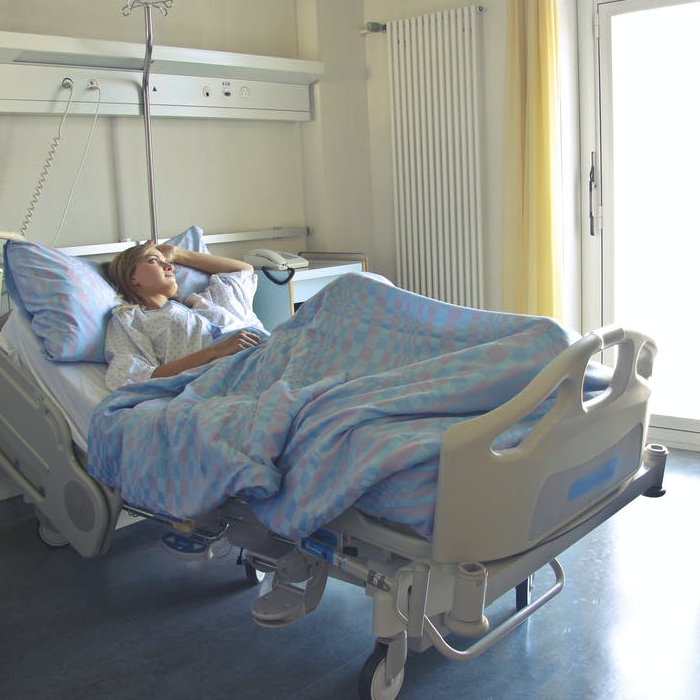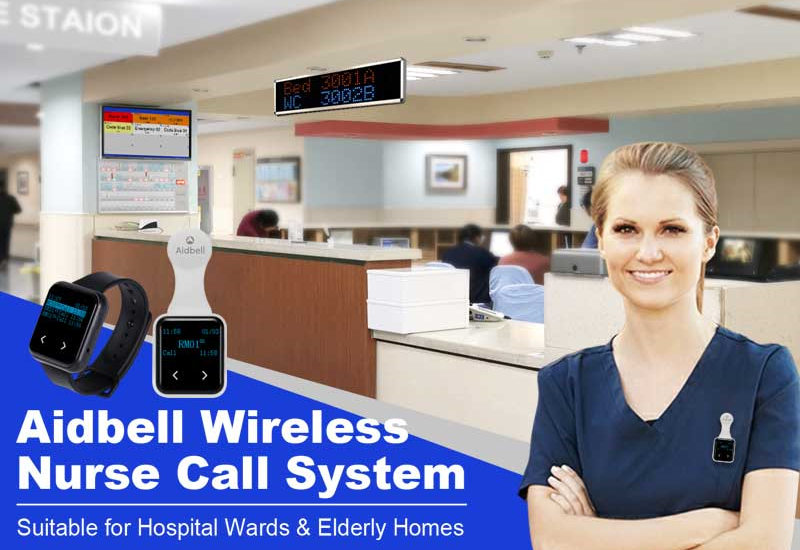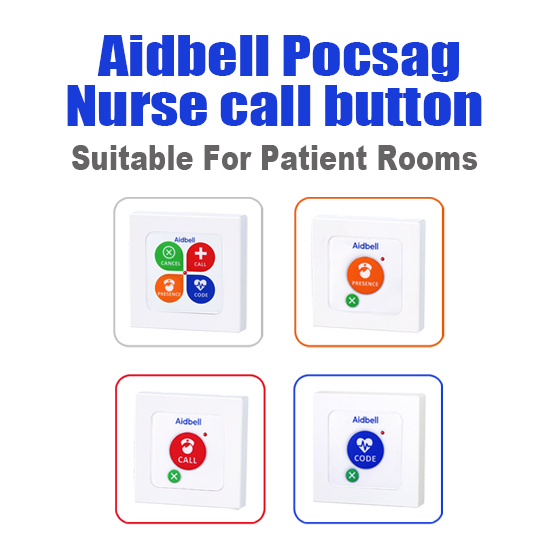Nurse Call System: Tips for Selecting the Right Communication System

Providing a line of communication between nurses and patients is critical in any healthcare setting. Often, decision-makers have a hard time finding a communication system that meets the communication needs and keeps patients satisfied.
Nurse call systems have been a revolutionary addition to the healthcare sector. They allow patients to have a sense of independence at their most vulnerable while allowing nurses and caregivers to help them at a moment’s notice.
In this article, we will cover some tips to help you choose the communication system that works for your organization.
1. Your Existing System
For existing hospitals, checking what system you have is important in deciding the best communication system that will improve communication within the facility. When evaluating the existing system, look for factors such as:
- The system’s scalability. How easy is it to upgrade or expand your system? Ideally, you should have a system you can adjust as your business needs change to optimize it for costs.
- Efficiency. Is the current system meeting the needs of your patients and staff? The goal of a nurse call system is to improve communication between patients and staff. Therefore, you should look at the efficiencies and inefficiencies your current system exhibits to help you in choosing the next system.
- Reporting. Modern healthcare facilities depend on data to drive decisions. Therefore, it is important to incorporate data collection and reporting features to support data-driven decision-making. When evaluating the current system, identify the strengths and weaknesses of the reporting system and areas that require improvement.
- How is your staff using the current system? A sophisticated nurse call system is useless if the staff or patients do not understand how to use it. When another communication system is preferred due to the weaknesses of the existing system, then it is time to change things and drive adoption and use of a new communication system.
- Communication gaps. It can mean adverse results such as death if your communication system allows communication gaps to persist. These gaps include delays in reporting emergencies, the inability of patients to reach nurses or caregivers when they need them, or the inability for staff to highlight their feedback when using the existing nurse call system. A gaps analysis reveals these weaknesses so you can address them in the next nurse call system.
2. Your Needs

In the first step, while evaluating your existing nurse call system, we mentioned conducting a gap analysis. In the gap analysis, you identify some of your healthcare facility’s needs that your current nurse call system fails to address.
In this step, you should look at your healthcare facility’s communication needs as a whole. Nurses and patients are the primary users of a nurse call system. So, identifying their needs first is important.
The communication needs patients and patients may have, include:
- Patients or residents need to reach a nurse or caregiver as soon as they have an issue or concern. This gives them peace of mind while they stay at the hospital or residential facility.
- Nurses need the ease of taking care of patient needs as, and when they arise. This also gives them peace of mind as a patient can tell them when they need something, in-between rounds.
- Healthcare providers and families can call for immediate help when it’s needed. For example, they can trigger a code blue when a patient needs resuscitation.
Communication needs between patients and nurses or caregivers should get the highest priority, as this is the central reason healthcare facilities exist.
In addition to nursing or caregiving staff, other employees in a healthcare facility may use nurse call systems. For instance, the management team or IT might need to use the reporting features of a nurse call system to draw reports on the benefits of the system to the organization.
A needs assessment has to be done for all the teams that will use the new communication system to ensure that you find a solution that meets these needs and optimizes performance.
Note that a nurse call system is a long-term investment. Most healthcare facilities will use the same system for at least 15 years before they consider replacing it. Therefore, it pays to anticipate the future needs of your organization.
This is information you can glean from the goals, mission, and vision of the facility. Industry trends and projections in the consumer behavior can help you anticipate the changing communication needs of your facility.
When thinking about a future-proof system, evaluate the scalability of the communication system in question. This makes it easier to adapt to changes as they occur.
3. Your Goals
Healthcare facilities adopt nurse call systems for various goals. Therefore, you must identify the goals your facility wants to achieve by implementing a new nurse call system. Some of the common goals for having a nurse call system include:
- To improve patient satisfaction levels
- To reduce alarm fatigue amongst staff
- To enhance productivity in the facility
- To reduce noise and distractions in the facility
- To meet patient safety goals
- To increase response times
When setting goals, look at the shortcomings of your current system and identify the changes that you would like to achieve with the new system.
Case studies are a good way to identify what problems other healthcare facilities have solved using nurse call systems to help you set your goals. Ensure that these goals are realistic as well.
These goals help you during the research process as you know the must-have features for your organization. For example, a residential facility may need a portable patient unit that allows residents to move around in the facility and call for help when needed.
4. Your Budget
At this point, you have identified the strengths and weaknesses of your current system, your needs, and your goals. The next step is to determine your budget.
Nurse call systems are a long-term investment, but they come with an initial cost that you must account for when choosing a nurse call system.
The common costs associated with these systems include:
- The cost of purchasing the hardware and software needed to run the system
- Installation costs
- Training costs (to support your team once you install the nurse call system)
- Maintenance costs
Setting the right budget starts with evaluating the current prices of the nurse call systems that would best serve your facility. This way, you can determine the best cost for the features you are looking for.
Once you have your budget, you can justify your need for a nurse call system and how the system will improve the facility’s ROI.
5. Summary
Nurse call systems are a necessity in healthcare institutions. However, using an obsolete system diminishes the importance and impact of nurse call systems in improving staff productivity, patient satisfaction, and healthcare outcomes.
That said, nurse call systems are a relatively long-term investment. Therefore, healthcare facilities feel the pressure to get it right when choosing a communication system.
As we’ve seen, some of the tips to help you choose the right nurse call system include evaluating the pros and cons of your current system, determining your needs, setting goals, and working within your budget.
If you still need help choosing the best nurse call system, schedule a call with our team to get the assistance you need.



